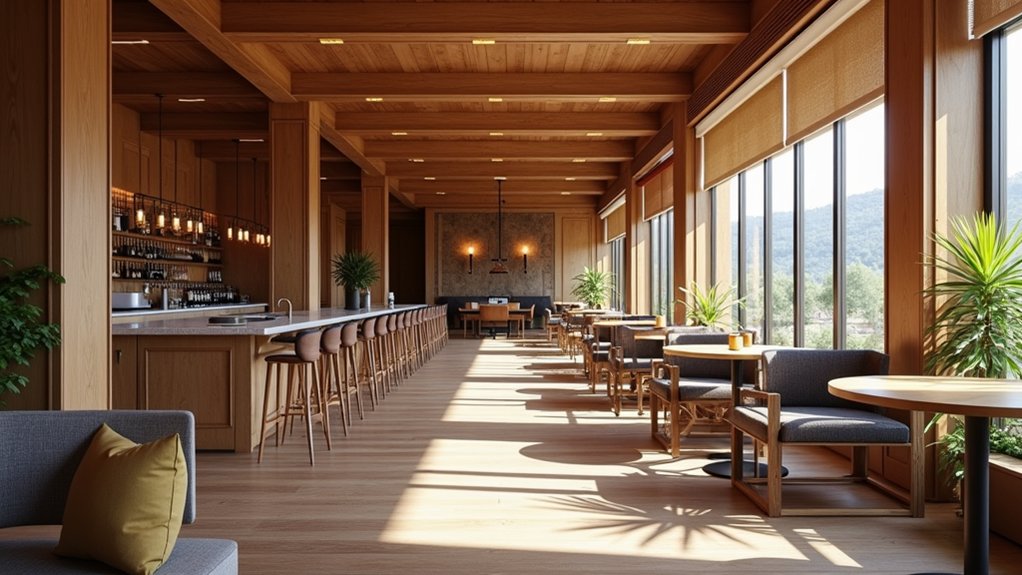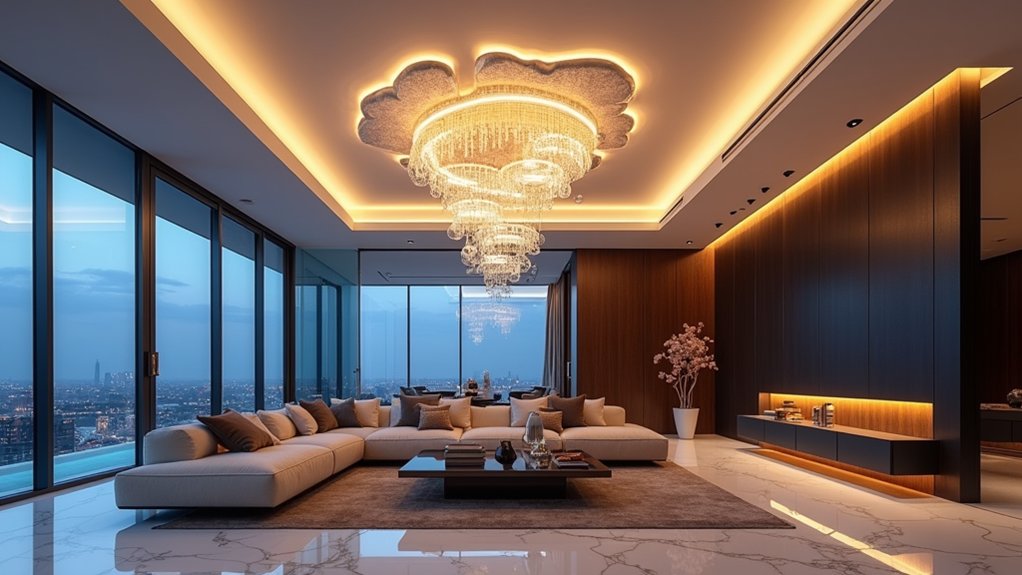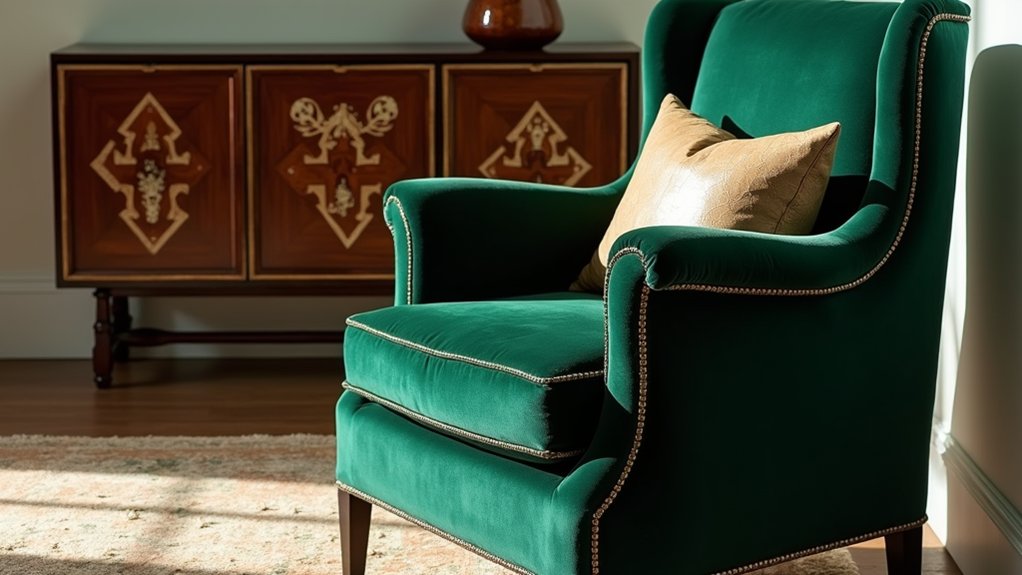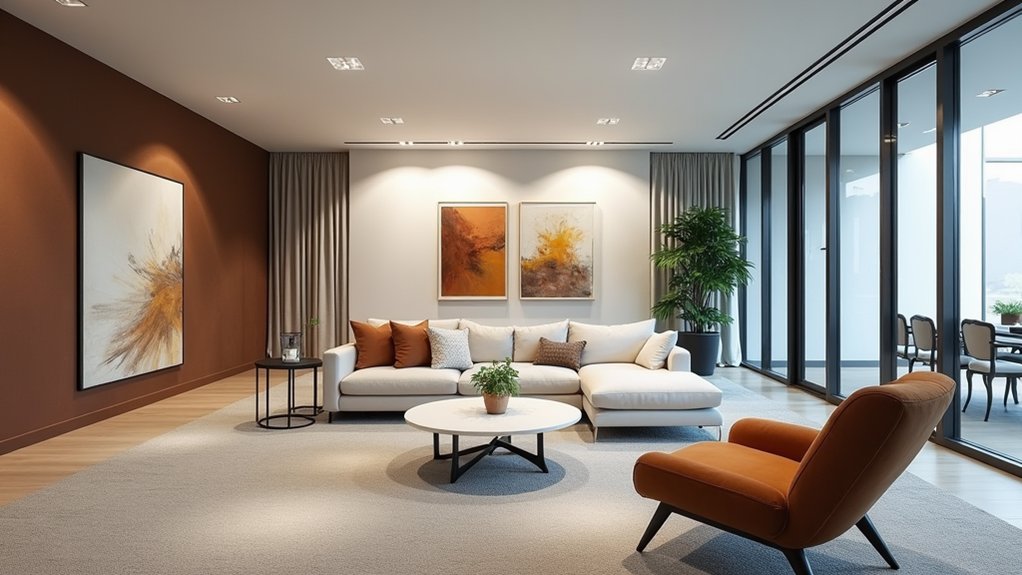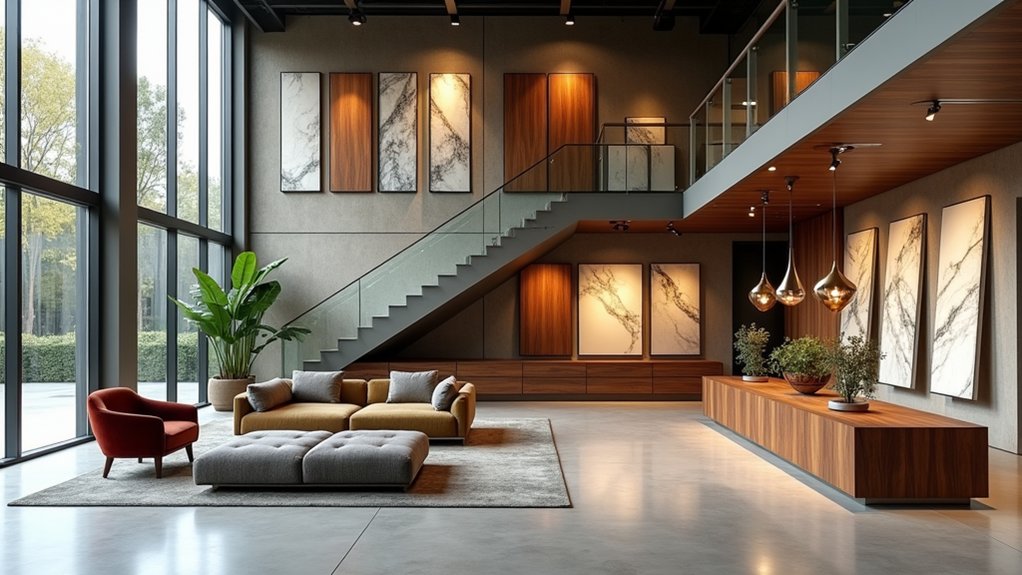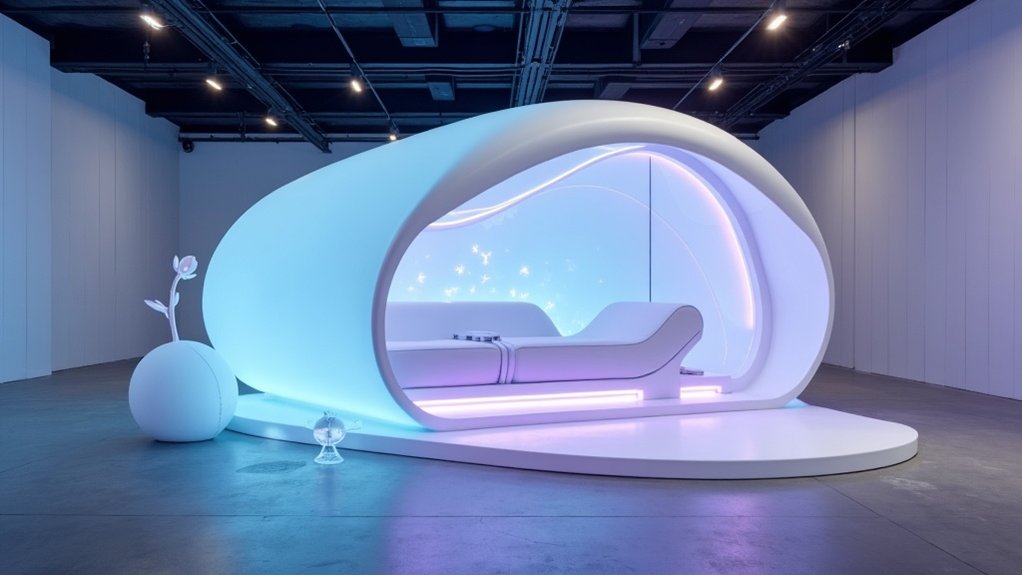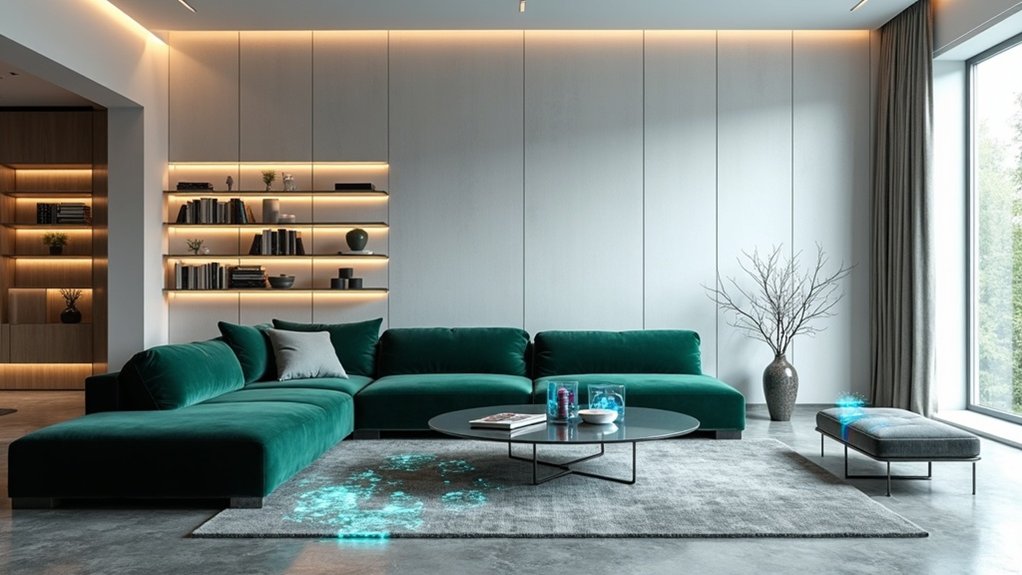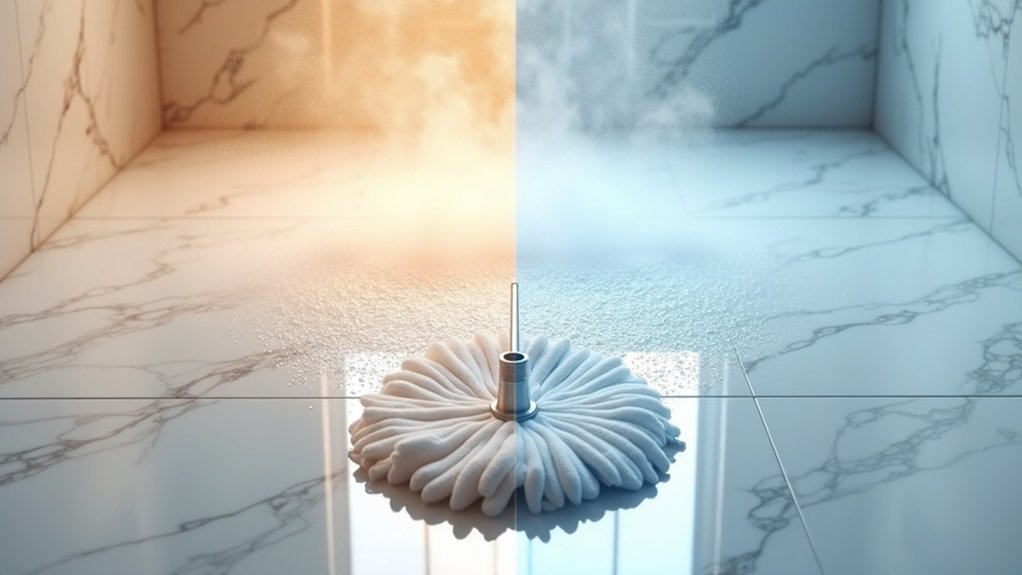As hospitality design evolves toward 2025, a bold transformation is reshaping spaces across hotels, restaurants, and venues worldwide. The emerging aesthetic combines maximalist color palettes featuring vibrant jewel tones with earthy neutrals, creating environments that both stimulate and soothe. The incorporation of chocolate brown tones leads industry color trends, setting a sophisticated foundation for modern hospitality spaces.
This daring approach extends to materiality, where designers are masterfully mixing glossy and matte finishes, textured fabrics with smooth leather, and metallic elements with natural wood to achieve sophisticated tactile contrasts. Natural materials play a crucial role in enhancing the depth and richness of these spaces.
Local culture and storytelling have become paramount in creating distinctive guest experiences. Properties are incorporating regional artworks, custom installations, and locally-inspired design elements that transform spaces into narrative environments. The Hotel Tonnelle lobby exemplifies this approach by showcasing local art and featuring a cozy library nook that celebrates New Orleans' rich cultural heritage.
"The modern traveler seeks authentic connections to destination," notes industry expert Sarah Chen. "Through thoughtfully curated art pieces and architectural details that reflect local heritage, we're creating spaces that resonate on a deeper emotional level."
Today's destination-driven travelers crave authentic experiences, making locally-inspired design elements essential for creating meaningful hospitality spaces.
Flexibility defines the new hospitality environment, with adaptable furnishings and multi-functional spaces taking center stage. Modular seating arrangements and convertible areas allow venues to transition seamlessly from day to night, while hybrid lobbies serve as both productive co-working hubs and vibrant social spaces.
This operational versatility proves especially valuable in urban settings where square footage commands a premium.
The integration of wellness and biophilic design elements marks another significant shift. Living walls, natural materials, and circadian lighting systems create environments that promote guest wellbeing, while sophisticated soundscaping and air purification technologies improve the sensory experience.
These features are complemented by the introduction of curved architectural elements and organic forms, which replace traditional rigid geometries to encourage more intuitive movement and social interaction.
The result is a bold new vision for hospitality spaces that defies conventional design wisdom. By blending expressive color schemes, mixed materials, and wellness-focused features with flexible layouts and local storytelling, these environments create memorable experiences that resonate with modern travelers while maintaining operational efficiency and aesthetic sophistication.
